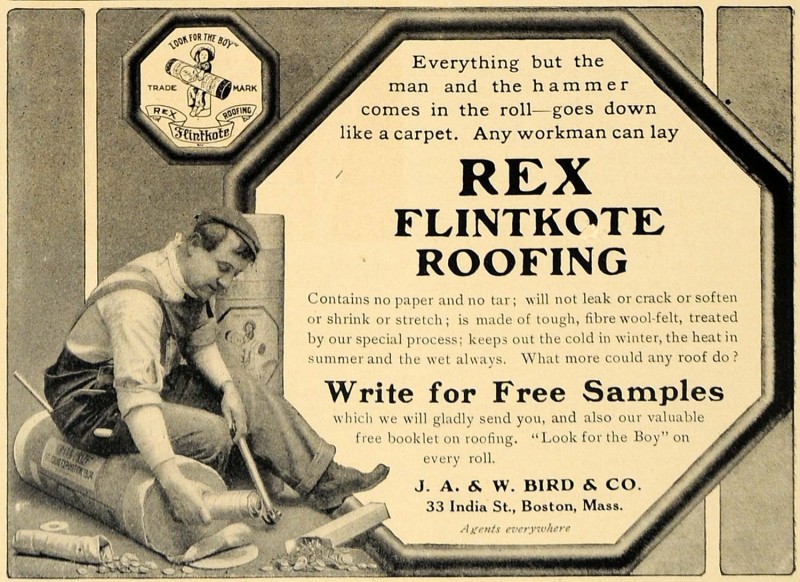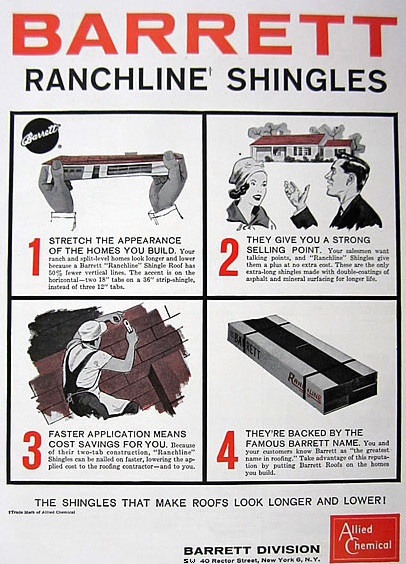How long will my new roof actually last?
September 2, 2025 at 6:00 a.m.By Mohammed Abdalla, Good Faith Energy.
Learn how to make your investment endure for decades to come.
40 years is longer than some homeowners have been alive, so it can understandably be stressful to make such a long-term investment. Whether you are a newer homeowner or someone who’s been in the same home for decades, when it comes to replacing your roof, you want to find the system that lasts as long as possible. So, what is the typical lifespan of a new roof?
Just as humans may endure many years through varying hardships, roofs endure regular attrition and require maintenance. With proper care, their longevity can be lengthened.
Here at Good Faith Energy, we want to share the key factors that impact the lifespan of a roof, as well as tips for choosing and maintaining a roofing system to last many decades to come.
Key factors that impact the lifespan of a roof
You and your friend installed a new roof at the same time. Years have passed and yours already needs a replacement, while your friend’s roof is still in top shape. What could be the reason behind this?
The truth is that roof longevity depends on several factors. Even if you’ve chosen the same materials for your roofing, some aspects can increase or shorten a roof’s lifespan. Let’s take a look at the factors that have the biggest impact.
1 - Weather and climate: If your home is in an area with harsh weather conditions, whether that’s extreme temperatures or heavy storms, your roof will likely wear down quicker.
2 – Underlayment: It’s not just the choice of materials that plays a big role. One of the most critical components of roof replacement is the underlayment. Its quality is essential to preventing moisture buildup and mold growth.
3 - Quality of workmanship: It doesn’t matter if you choose the most expensive shingles or the most durable materials. If the installation is done poorly, it can reduce your roof’s lifespan by several years. That’s why it is so critical to choose a licensed professional with the necessary experience and expertise.
4 - Roof maintenance: Many homeowners dream of one-and-done fixes. Unfortunately, that’s not the case with roofing. To extend your roof’s life, you must inspect it regularly and perform any necessary repairs.
5 - Proper ventilation: The longevity of your roof isn’t just about the roof itself, but the system surrounding it. Having proper ventilation is a key part of property health and will help your roof last longer and perform better.
What roof lasts the longest?
If you’re wondering, ‘Can a roof last 40 years?’, the answer is — yes. However, not all materials will last you as long. Below, we’ve listed the most durable roofing options that can last 40 years in the right circumstances.
- Architectural asphalt shingles: Designed to mimic the look of slate and wood shingles, this material has a life expectancy of 30 to 50 years. However, architectural asphalt shingles are still quite vulnerable to extreme weather conditions. In fact, some research1 suggests that asphalt shingles may lose significant wind resistance after 10 years.
- Metal roofing: These past few years, metal roofing has become increasingly popular not just for commercial buildings, but also for residential homes. Generally, you can expect it to last at least 40 years. However, some options, like zinc roofs, are marketed to possibly have a lifespan of 100 years or more.
- Clay tiles: If your home is in a warmer area, where the temperature rarely drops below freezing, you might consider investing in clay tiles. With proper maintenance, they can last over 100 years.
- Slate: Often described as the most durable roofing material on the market, slate will hold up well in just about any condition. In fact, most slate tile roof manufacturers offer warranties of up to 50 years.
Will a 40-year roof really last 40 years?
When you’ve invested in a 40 or 50-year shingle with years of warranty, you might expect to avoid replacing your roof for half a century. However, it’s important to understand that a roof rated 40 years won’t always survive this long. Manufacturers base these lifespan claims on ideal, lab-tested conditions. In reality, conditions may not always align with those in the lab. So, if you choose a ‘40-year shingle’, it reflects its potential, not a promise.
Final thoughts: Can a roof last 40 years?
Your roof is one of the most critical components of your home. While your walls might look nearly identical decades later, roofing materials are in a constant battle against outdoor elements. However, by choosing the right materials and investing time in maintenance, you can have a roof that lasts for 40 years or more.
If you wish to learn more about the most long-lasting options for your home, our team at Good Faith Energy will gladly help you!
Sources
Original article and image source: Good Faith Energy
Have a question? AskARoofer.
Find your local roofing contractor in the AskARoofer™ Contractor Directory.














Comments
Leave a Reply
Have an account? Login to leave a comment!
Sign In